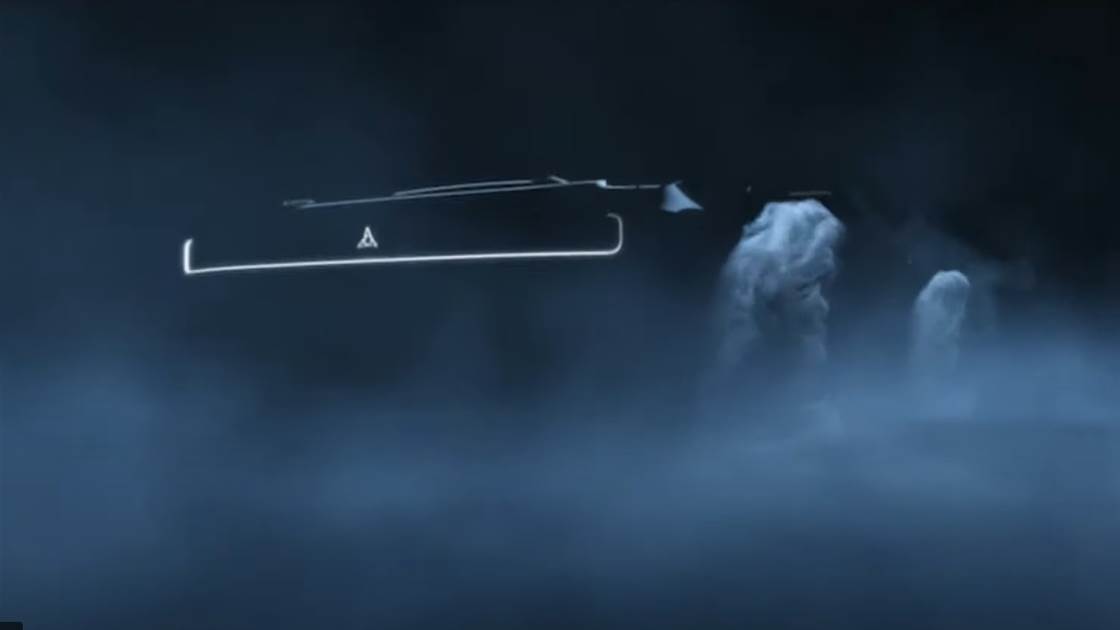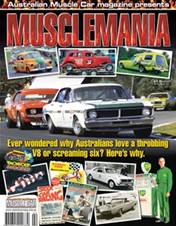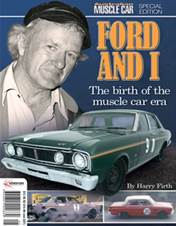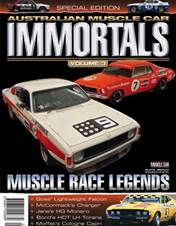Dodge stunned the world last year when it announced it would introduce the first ‘American eMuscle Car’ by 2024, ditching its now iconic ‘Hellcat’ supercharged V8 in favour of electric motors.
Little information was revealed at the time (although it teased the image above), but subsequent announcements about the wider electric vehicle plans for the Stellantis conglomerate - which Dodge is part of - have hinted at what we can expect.
Stellantis will reportedly build an electric motor capable of making 330kW of power, and with EVs capable of running two or even three motors, this new eMuscle Car could be packing nearly 1000kW (or at least 660kW).
However, the big question is the sound this new twist of a muscle car will make, as electric motors are near-silent compared to the shirek and growl of a supercharged V8. Speaking with the media recently, Carlos Tavares, CEO of Stellantis, hinted at what we can expect.
“We are creating a sound that you cannot imagine,” Tavares is quoted saying in Automotive News. “It’s something that is shocking. After they create the sound, they are thinking about how they make the sound louder and more powerful in function of the way you are using the car.”
Artificial sounds are nothing new in the automotive world. Several internal combustion models use ‘sound enhancers’ to channel a more evocative noise into the cabin. For electric cars, specifically electric performance cars, it makes sense to try and create a more dramatic noise to try and enhance the driving experience.
Tavares appears to be describing a system whereby the noise will grow louder when you accelerate. This is something we have already experienced in the electric Porsche Taycan, which uses a digital noise developed during its recent Le Mans program to help create a sense of speed.
Dodge is likely to sell the eMuscle Car alongside the existing Hellcat-powered Challenger and Charger initially, before the petrol-powered models are phased out by the end of the decade.













.jpg&q=70&h=226&w=176&c=1&s=1)






